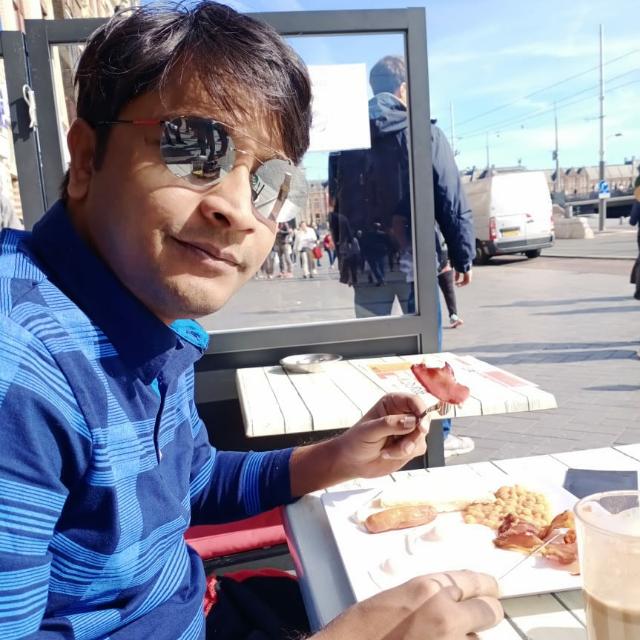Growing up, I heard countless stories of our old mansion that used to be brimming with people in the 1940’s and 1950’s, the tallest building on the town’s main road that dwarfed every other housing structure around it. Of course, what remained for me to witness by the 90’s was a dilapidated remnant of the past sticking out like a sore thumb in a road lined with multi storeyed houses and shopping centres. Whenever I passed that house in my childhood, I would try to construct the visual of the past era from the stories I had heard, my adolescent head imagining the landscape around turn to glorious days of the mansion.
Recollections of a Once Majestic Mansion
There is a sequence in Gitanjali Rao’s Bombay Rose that took me back to those moments of my childhood. An old lady, Shirley Dsouza takes a walk from her home to the graveyard where her husband rests. As she is walking, the Mumbai around her slowly turns to the 1950’s Bombay. Skyscrapers turn to more modest housing of the time, double decker buses transform to trams, roads become narrower and quaint. It is some beautifully constructed imagery. The harmonica plays in the background to a song from the same era: Dil Tadap Tadap ke . It is a song of longing. Shirley, a background dancer in Hindi movies of the 50’s, longs for her dead husband as much as she longs for a time gone by.
Time-Traveling Imagery: Shirley Dsouza’s Stroll
The movie opens with a hoarding of a movie aptly named Pyaar Ka Fasana (Tale of love)- in a way announcing what the movie is about. The scene shifts to a cinema hall with audience watching the aforementioned movie and the hero makes a dramatic entry mouthing even more dramatic lines. The onscreen kiss is censored reminding one of the two flowers that used to fill the screen whenever the lips of the leads crossed the threshold of proximity. Bombay Rose is a tale of many loves: between Salim and Kamala, between Ms. Dsouza and her past, the kids Tara and Tipu.

Bombay Rose’s Love Letter to Hindi Cinema
The movie also serves as a love letter to the escapism that Hindi cinema embodied for the longest time, and I express this sentiment as a compliment. The poor characters in the movie are compelled to resort to escapism for temporary relief. Kamala, in the movie, daydreams about a fairy tale featuring a prince charming who needs saving (a unique touch that can only come from having a female helm the writing). Salim dreams of flying away on a winged horse, and Ms. Dsouza finds solace with her antique toys. Yet, the reality of their lives persistently obstructs these dreams: Kamala’s reverie faces interruptions from the owl/villain in her life, visions from Salim’s past in Kashmir disrupt his ride with the horse, and the toys eventually malfunction, hinting at something that would be a spoiler alert.
The Multilayered Narratives of Bombay Rose
At one point we get a rose-eye view of the proceedings as a rose makes its way from Ms.Dsouza’s garden to a grave and again when another rose makes its way back from the grave. In the movie, the universe does not conspire to make all the dreams come true but, in a way, closer to reality, some dreams do come true while others are crushed by an over speeding superstar with a popular surname. The movie itself unfolds like a lucid dream moving in and out of Bombay streets, Kashmir valleys, fairy tales and a mirror of youth. If “to dream or not to dream” is the question, then Bombay Rose is the animated reasoning to why one must.

Captive of the 24 frames and admirer of the written word. If it is not on the silver screen or on the pages of a paperback, it might as well not exist.


Be the first to comment on "Bombay Rose (Review)"